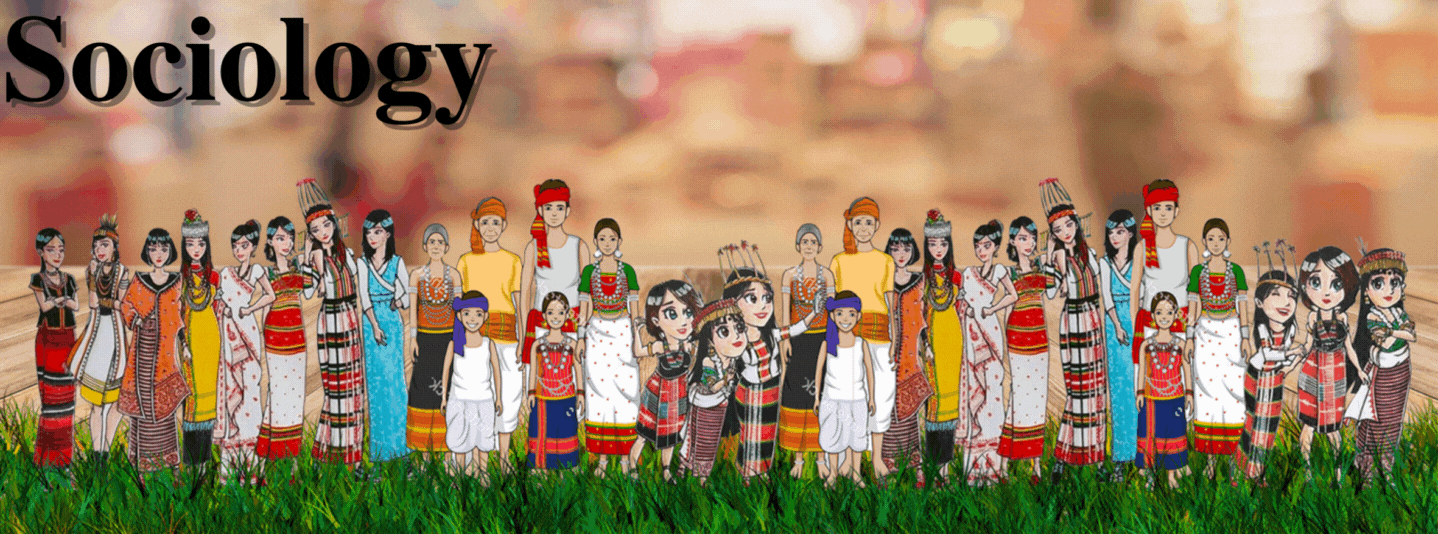Introduction
The institution of marriage, long regarded as a cornerstone of social stability, faces unprecedented challenges in the 21st century. Rapid urbanization, shifting gender norms, economic pressures, and evolving legal frameworks have reshaped marital dynamics globally. In India, these challenges intersect with deeply rooted cultural traditions, caste systems, and religious norms, creating unique tensions. Let’s explores the contemporary challenges to marriage, including economic inequality, legal complexities, socio-cultural shifts, technological disruptions, and environmental stressors, with a focus on India.
1. Economic Pressures and Financial Inequality
Economic instability and rising living costs have strained marital relationships globally. In India, the financial burden of weddings—often extravagant due to social expectations—leaves families in debt. The average Indian wedding costs ₹10–20 lakh (US$12,000–24,000), with 80% of families relying on loans (KPMG, 2022). Post-marriage, financial stress exacerbates conflicts: 34% of urban Indian couples cite money disputes as a primary reason for divorce (National Family Health Survey-5, 2021).
The gender pay gap further destabilizes marriages. Indian women earn 19% less than men (World Economic Forum, 2023), limiting their financial autonomy and reinforcing dependency. Rural women, particularly in agrarian communities, face compounded challenges as climate change reduces farm incomes, triggering migration and marital strain (Rao et al., 2020).
2. Legal Complexities and Divorce Proceedings
Legal systems struggle to keep pace with evolving marital norms. In India, despite the 2019 Triple Talaq ban, Muslim women continue to face informal divorces without alimony (Engineer, 2021). For Hindus, the Special Marriage Act (1954) allows interfaith unions, but bureaucratic hurdles and societal backlash deter couples.
Divorce remains stigmatized, with only 1.1% of Indian marriages ending legally (NFHS-5). Lengthy court processes—averaging 5–7 years—discourage separation, trapping couples in unhappy unions (Singh & Choudhary, 2022). Conversely, urban elites increasingly opt for prenuptial agreements, reflecting Western influences (The Hindu, 2023).
3. Sociocultural Shifts and Changing Gender Roles
Traditional gender roles are being renegotiated. Urban Indian women’s workforce participation rose to 25% in 2023 (World Bank), challenging patriarchal norms. However, 63% of men still believe women should prioritize household duties (NFHS-5), causing friction in dual-career marriages.
Inter-caste and interfaith marriages remain contentious. India’s "honor killings" claim 300+ lives annually (National Crime Records Bureau, 2022), reflecting rigid caste hierarchies. Conversely, LGBTQ+ unions, though decriminalized in 2018 (Navtej Singh Johar v. UOI), lack legal recognition, denying couples inheritance and adoption rights (Dutta, 2023).
4. Technological Disruptions and Social Media
Technology reshapes how relationships form and dissolve. Dating apps like Tinder and Shaadi.com have popularized "self-arranged marriages" among urban Indians (Thomas, 2021). However, social media fuels mistrust: 22% of Indian couples report conflicts over online behavior (McKinsey, 2022).
Virtual infidelity, facilitated by platforms like Instagram and WhatsApp, accounts for 18% of divorce petitions in metro cities (Times of India, 2023). Additionally, AI-driven matchmaking algorithms often reinforce caste and class biases, countering progressive ideals (Vaidyanathan, 2022).
5. Environmental and Demographic Stressors
Climate change and urbanization disrupt marital stability. In drought-prone states like Maharashtra, farmer suicides—over 10,000 annually (NCRB, 2022)—leave widows economically vulnerable. Urban migration separates spouses, with 40% of rural men working in cities (UNESCO, 2021), straining emotional bonds.
Demographically, India’s skewed sex ratio (929 females per 1,000 males) limits marriage prospects, particularly in Haryana and Punjab (Census, 2021). This has spurred practices like "bride trafficking" from poorer states (Human Rights Watch, 2023).
Conclusion
The institution of marriage in India and globally is at a crossroads, balancing tradition and modernity. Economic precarity, legal inertia, and entrenched patriarchy exacerbate vulnerabilities, while technology and environmental crises introduce new complexities. To safeguard marital unions as equitable partnerships, India must reform laws, promote financial literacy, and challenge regressive norms. By addressing these challenges holistically, society can redefine marriage as a resilient, inclusive institution for future generations.
References
Census of India. (2021). Sex ratio in India. Registrar General of India.
Dutta, A. (2023). Queer rights and marriage equality in India. Indian Journal of Law & Society, 14(2), 45–67.
Engineer, A. A. (2021). Triple talaq and Muslim women’s rights. Economic & Political Weekly, 56(18).
Human Rights Watch. (2023). Bride trafficking in India. https://www.hrw.org/reports/india-bride-trafficking
KPMG. (2022). The Indian wedding industry report. https://www.kpmg.com/in/wedding-industry
National Crime Records Bureau (NCRB). (2022). Crime in India report. Ministry of Home Affairs.
National Family Health Survey (NFHS-5). (2021). Marital dynamics in India. International Institute for Population Sciences.
Rao, N., et al. (2020). Climate change and marital stress in rural India. Environmental Sociology, 12(3), 210–225. https://doi.org/10.1080/23251042.2020.1787891
Singh, P., & Choudhary, R. (2022). Divorce delays in India. Journal of Family Law, 39(4), 112–130.
The Hindu. (2023, June 15). Prenuptial agreements gain traction among urban Indians. https://www.thehindu.com
Thomas, S. (2021). Digital matchmaking in India. Cambridge University Press.
UNESCO. (2021). Migration and family separation in India. https://www.unesco.org/migration-india
Vaidyanathan, R. (2022). AI and caste bias in Indian matchmaking. Tech & Society Journal, 7(1).
World Bank. (2023). Women’s labor force participation in India. https://data.worldbank.org/indicator/SL.TLF.CACT.FE.ZS
World Economic Forum. (2023). Global gender gap report. https://www.weforum.org/gender-gap


Post a Comment